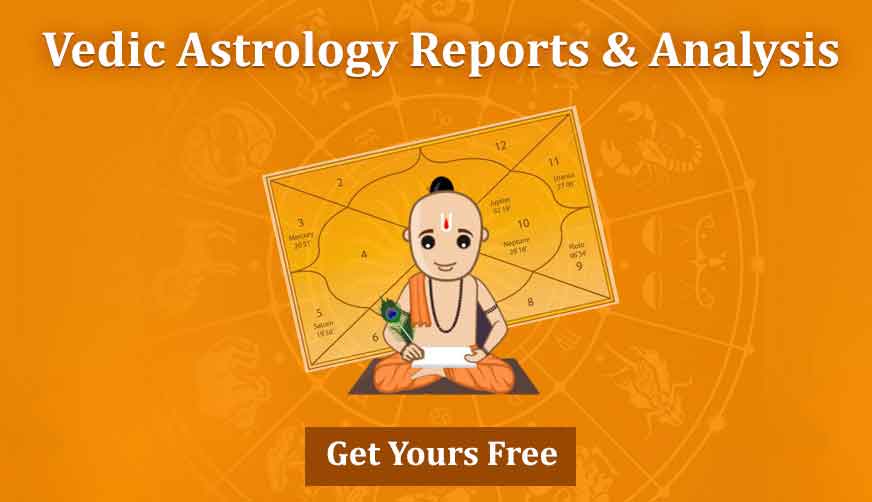Siva Temple in Vaikam - Siva Temple - Vaikom Temple - Mahadeva Temple
The Siva temple in Vaikam (Kottayam district) has a rich puranic and folk lore tradition. It is also impressive artistically. In its present form it may not date earlier than the sixteenth century. But this is so only because of frequent renovations. The Bhargava Purana tells the story of its origin. This links the temple with the traditional account of the beginnings of the great Nataraja temple in Chidambaram in Tamil Nadu.
Temple Architecture
The temple is of quite big size. The shrine, oval in shape, is composed of the sanctum and, around it, to rows of pillars, mostly wood, twelve in the inner row and twenty in the outer. In the centre of the shrine standard the square sanctum. The roof of the shrine, which quite overshadows the walls, is colossal in appearance. There are wall paintings here, frequently renovated. There are also striking wooden bracket figures. The namaskara mandapa has a pyramidal roof.
Other Information
The traditions of the temple includes feeding devotees on a mass scale. The Lord is called the Giver of food, the Annadana Prabhu. On special occasions like the birthday of the Maharaja of Travancore, in whose territory Vaikam was included before the formation of Kerala, grand feasts were served. Connoisseurs held that Vaikam food had a special flavour of its own. The pious believe that this food cures many diseases. Even the preparation of the vegetables for the pot has been carried into an art here. An amusing story tells of a Raja who, observing a few bunches of plantain being carried away, suspected that they were being stolen. It was discovered that was being carried away was only the peels, the fruit having been dexterously removed without splitting.
The great social reform, opening temples to Harijans, received an impetus when in 1924-25 Mahatma Gandhi initiated a movement for throwing open to them the approaches tothe Vaikam fane. Ultimately, in 1936, the Maharaja of Travancore issued a proclamation throwing temples open to all Hindus. Within a decade the neighbouring state of Kochi followed suit. Since rather rigid orthodoxy used to prevail in Kerala, these reforms were of momentous consequence.
The Vaikam temple is famous for the Vaikam Ashtami, one of its main festivals, which is held in November–December. The exact date of the festival is determined by the Malayalam calendar. Vaikathashtami is celebrated on the day of Krishna Ashtami. The legend behind this festival is that years ago a saint man prayed to god siva for years after many years God siva and his wife parvathy devi appeared in front of him. It is believed that god Siva appeared in front of him in the day of Krishna Ashtami. So as a memory of this vaikathashtami is celebrated. It is the festival extends for 12 days. 12th day is vaikathashtami.






